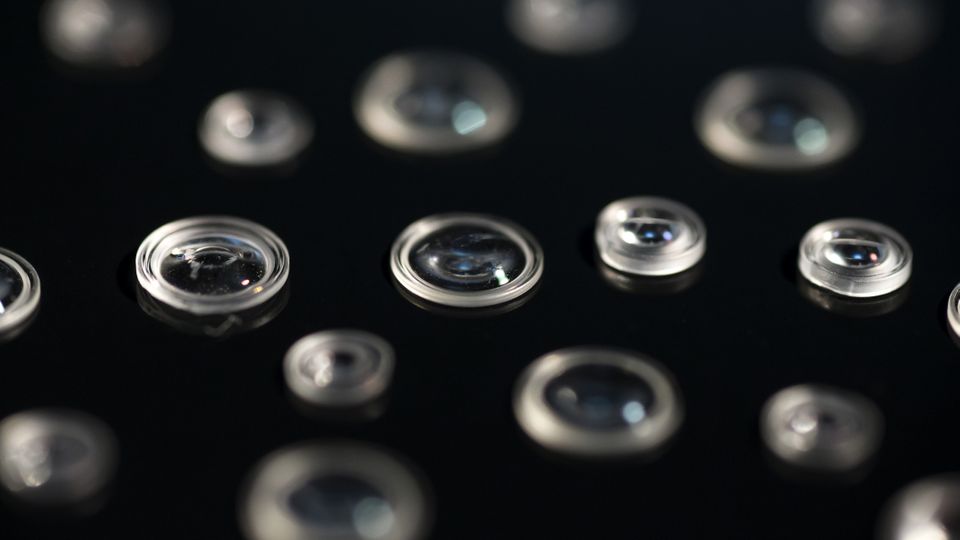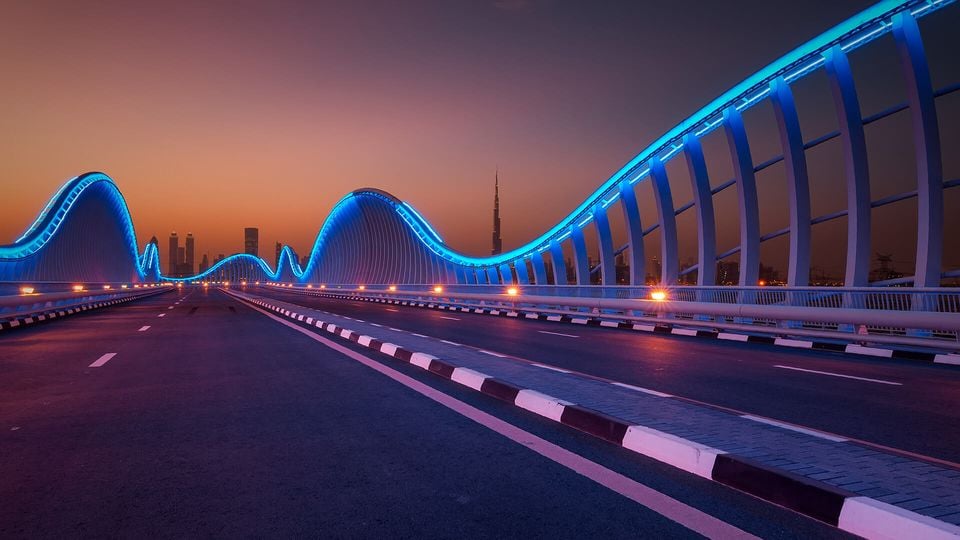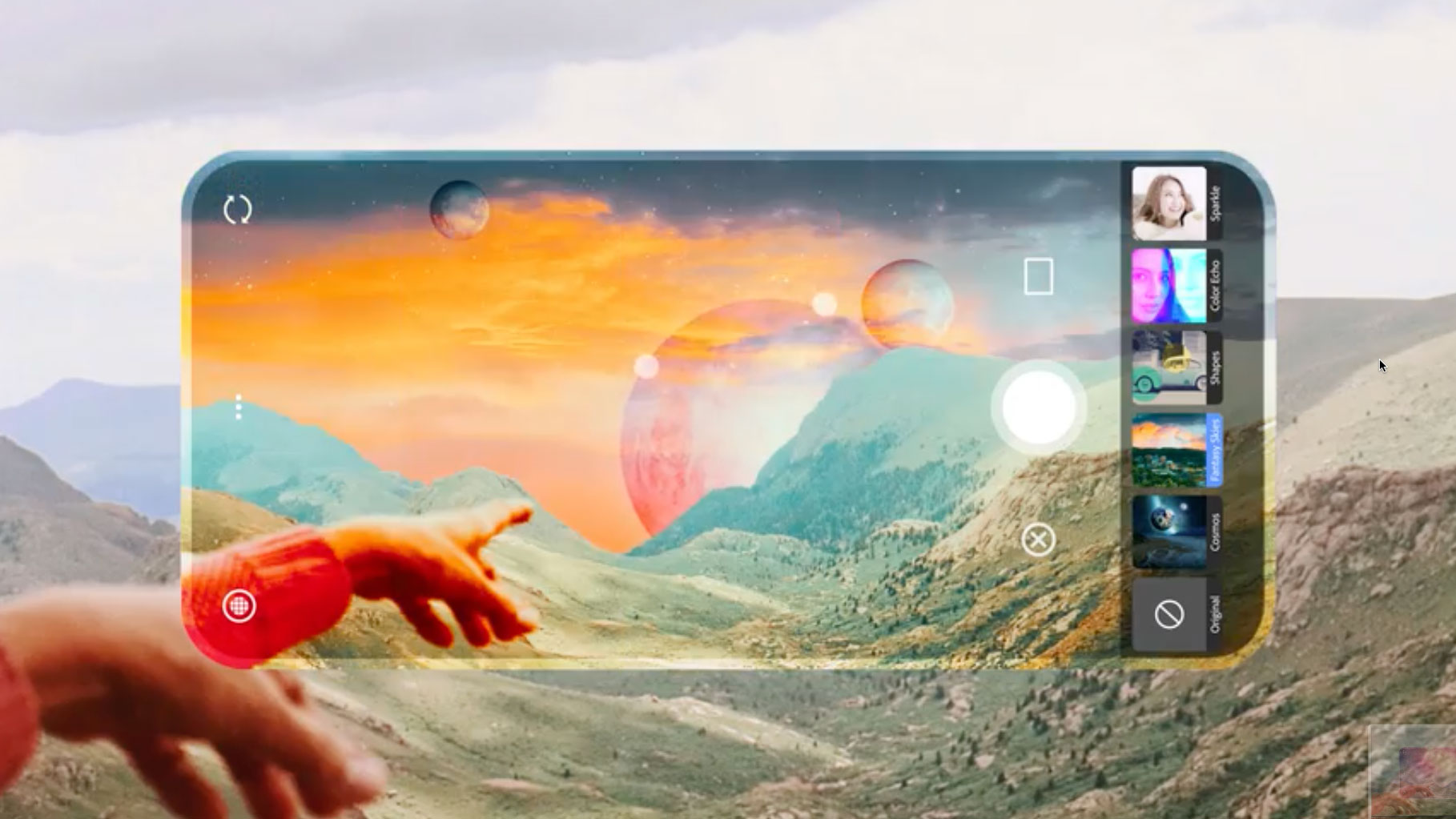6 Anticipated Innovations Coming to Smartphone Cameras in 2022

Smartphone camera technology is taking a leap forward in the upcoming year. Even in the preceding year, it has witnessed some remarkable advancements due to which it has replaced the conventional cameras in many aspects. In 2021, smartphones with numerous lens systems became a common sight. Comparatively, there is an improved sensor, size, and resolution which implies that users can take more details and render photos accurately even in complex lighting conditions.
In addition to that, Artificial intelligence (AI) algorithms improved many aspects of photo processing. However, it’s not the endpoint as a number of changes are coming in the next year, as smartphone manufacturers look to provide cutting-edge camera technology.
6 Anticipated Innovations Coming to Smartphone Cameras in 2022
Therefore, we just need to assess the trends that will prove to be a primary driver of this change. In this regard, the webinar named Global Mobile Camera Trends 2022, was organized by Counterpoint Research. Smartphone experts from leading smartphone companies like TECNO, Samsung, and DXOMARK Image Labs, discussed some of the key trends that are likely to take over the camera technology in the upcoming year.
1) New OIS Technology:
OIS stands for Optical Image Stabilization. The technology is being extensively used in the smartphone nowadays and is improving with the passage of time. Jimmy Hsu, who is a senior product manager at TECNO told that the pre-2019 trend for OIS was about one degree of stabilization. He also told that in 2021, standard stabilization has improved to three degrees because of the launch of pan-tilt OIS.
And now, in 2022, the company intends to introduce the first Android phone with sensor-shift. According to Jimmy Hsu,
Compared to conventional Optical Imaging Stabilisation, TECNO’s sensor shift technology can achieve a response frequency of 5,000 adjustments per second.
This implies that TECNO is setting its sights on OIS stabilization up to five degrees.
2) Bringing More Depth in the Photos:
It is evident that the photos with sharply rendered foreground and blurred background can lead to a pleasing effect specifically while shooting portraits. Though, in order to do this, the smartphone must be able to recognize depth and subject edges. In this regard, with Time of Flight (ToF) and Dynamic Vision Sensors (DVS) improving, smartphones will get improved at developing 3D models of the scene and detecting edges. This will enable for more exact measurements and provide the users with features like ehanced and gradual blurring of backgrounds. According to HSU,
ToF and DVS could be the opportunities where mobile phone cameras start to outperform (DSLR) cameras.
3) A better Optical Zoom:

Popular smartphone manufacturers are working on ‘continuous optical zoom,’ which will enable the users to shift between various focal lengths smoothly. This needs the exact movement of lenses within small spaces with no effect on the image quality.
During the webinar, Hsu envisaged that the market could witness continuous optical zoom in the second half of 2022. Furthermore, he said that it will enable the users to shift between 3x to 5x optical zoom. Moreover, he also mentioned that advanced technologies like long-stroke motor development and Active Optical Alignment could lead to 3x to 10x zoom in 2023.
4) High Res Camera Sensor with Pixel binning:
Major sensor manufacturers like Samsung are going to deploy an algorithm-driven technique known as pixel binning that allows high-resolution sensors (with a small pixel size) to perform comparatively better even in low-light conditions. According to Xuebao,
Just like our human eye will dilate when we are in a darker environment to let in more light, similarly, in low light conditions, our algorithm will automatically put the sensor in high sensitivity mode.
In this mode, the little individual pixels ‘combine’ and perform like larger pixels.
5) RGBW Sensors (Enhancing Low Light Performance):

These days, smartphone manufacturers are using various techniques to improve low-light performance. The RGBW technology addresses the problem at the sensor level.
The camera sensor catches color information via a mechanism called the Colour Filter Array (CFA). Traditional camera sensors use CFAs arranged in the Bayer format, which contains a pattern of Red (R), Green (G), and Blue (B) filters. However, the RGBW sensors add White (W) filters to this combination.
At the Webinar, Hsu said that adding white pixels in the RGBW pattern improves light sensitivity by 60%, which implies that the sensor should be able to absorb more light from the environment.
In addition to the RGBW, the smartphone manufacturers are also inventing Glass+Plastic lens technology. Currently, the majority of smartphone lenses are produced out of plastic, but putting glass elements into the lens construction enhances the transmission of light. According to Hsu:
With the combination of both, the result is an overall 200% increase of light intake.
6) Using a more advanced AI to take Portrait Photos:
As camera quality improves, we can see more details of the images. New technologies enable our portrait photos to be more accurate, particularly for people of color. While hardware improvements are necessary, smartphone software also plays a major role in shaping the final image. As Macudzinski said,
We need to have very good processing, that is, to understand what the user’s intention was and modify the image adequately.
Therefore, for portrait photography, the AI engine recognizes and categorizes distinct elements such as faces and hair color to find out the subject’s age, gender, and skin tone. Then the photo is optimized for more clarity, color, and backlight, which assists with more precise reproduction of darker skin tones even in low-light environments.
- Advanced AI Improving Camera Capabilities:
As per the Counterpoint Research’s whitepaper, Artificial Intelligence is becoming advanced enough to identify dynamic scene elements like trees. sun, moon, or sky in the background. Furthermore, AI will assist in interpreting light information. For example, if a user is capturing a scene against the sun, the algorithm operates to underexpose the sun and further illuminates the subject.
Final Words:
The above-mentioned article offers a holistic view regarding future camera technologies. If you like our article or have any queries regarding it, do mention them in the comment section.
Check out? OPPO Launches its all new A95 Smartphone with a Remarkable Design
PTA Taxes Portal
Find PTA Taxes on All Phones on a Single Page using the PhoneWorld PTA Taxes Portal
Explore NowFollow us on Google News!






